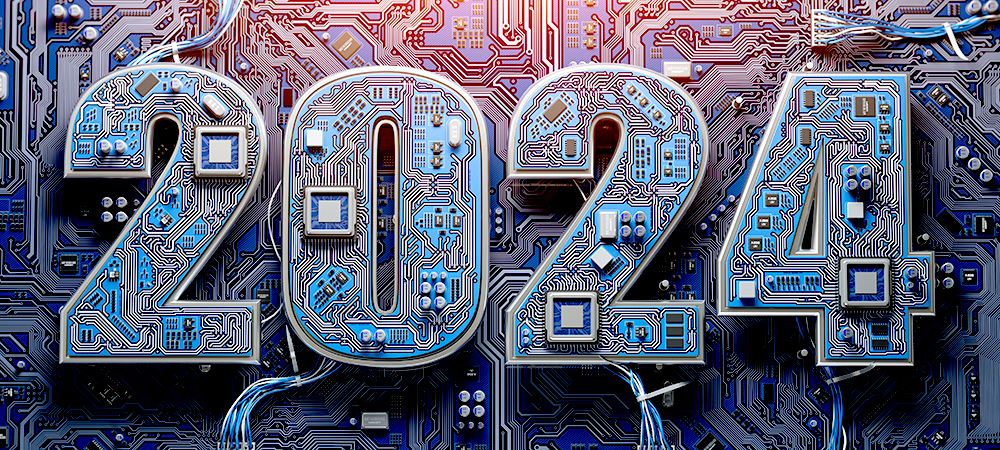Even for those of us who have been working in the technology industry for decades, the pace of change over the past 12 months has been extraordinary.
Once again, we are left in no doubt that technological innovations are bringing both huge opportunities and more complex challenges than we’ve faced before, and they show no sign of slowing down. Keeping pace with the changes and their implications, for vendors, customers, and regulators, demands focus, energy, and diligence.
The key technological trends that we see affecting the security sector in 2024 reflect this rapidly evolving environment.
Generative AI
Virtually any new network camera being launched features deep learning capabilities, which vastly improve the accuracy of analytics. These capabilities are the foundation for building scalable cloud solutions as they remove such heavy bandwidth requirements, reduce processing in the cloud, and make the system more reliable.
In 2024, we will see security-focused applications appear based on the use of LLMs and generative AI. These will likely include assistants for operators, helping them more accurately and efficiently interpret what is happening in a scene, and as interactive customer support, providing more useful and actionable responses to queries from customers. In addition, generative AI has already proven its value in software development, and this will be a benefit seen throughout the security sector.
Hybrid architecture
Hybrid solution architectures, those employing the advantages of on premise, cloud, and edge technologies, are now established as the new standard in many security solutions. Functionalities are deployed where it is most efficient, utilising the best of each instance in a system, adding an increased level of flexibility. Ultimately, system architectures should be in service to the customer’s needs, not the vendor’s preferred structure.
Hybrid architectures also support the forthcoming use cases for AI support and automation in solution management and operation; increased system accessibility being valuable to both human support and that from AI, taking advantage of each different instance’s strengths.

Security, safety
Security and safety have often been connected as a single subject. Increasingly they are being recognised as separate use cases: security being related to preventing intentional acts, break-ins, vandalism, aggression towards people. Safety related to the unintentional dangers and incidents that can cause harm to people, property, and the environment.
With extreme weather conditions causing floods, wildfires, landslides, avalanches, and more, video surveillance, environmental sensors, and analytics will be increasingly used by authorities to give early warning of potential disasters and support the most rapid and effective response.
Risk management, compliance to health and safety directives, and regulatory requirements is another key reason for the continued growth in safety-related use cases. Video surveillance will be used extensively within organisations to ensure adherence to H&S policies and safe working practices, such as the wearing of required Personal Protective Equipment, PPE. Where incidents do take place, video surveillance will be an increasingly useful and important tool in investigations.
Total system footprint
We all accept that total cost of ownership, TCO is an important measure, but security vendors will increasingly need to consider, and be transparent about total impact of ownership, taking non-financial aspects into account, including environmental and societal. It will no longer be possible for vendors to operate in isolation of their own and their customers’ value chains.
The impact of every aspect of a security system will be under increased scrutiny, with vendors and customers needing to monitor, measure and, increasingly, report on a broad range of factors. Taking a total system perspective will be essential.
This total system perspective is useful and should be welcomed by the industry. It will lead to innovations in new technologies and cameras that bring benefits throughout the system, not in isolation. Cameras that reduce bitrate, storage, and server load with the intention of reducing server cooling requirements are a good example. More efficient transportation of products, sustainable packaging, and the use of standard components can all also play a part. Visibility and greater control across the supply chain is essential.
We have no doubt that 2024 will see further advancements in technology, and with that bring further challenges for us all to navigate.



